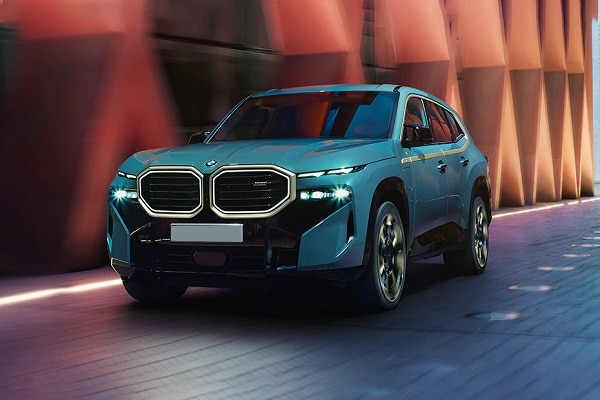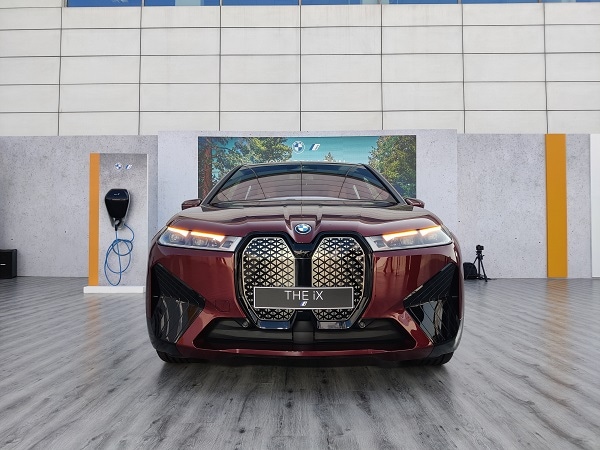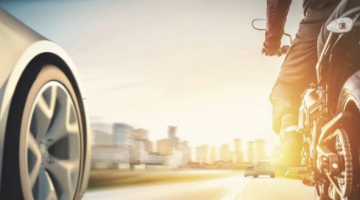BMW pilots new sustainable, overspray-free painting method on M4 Coupes
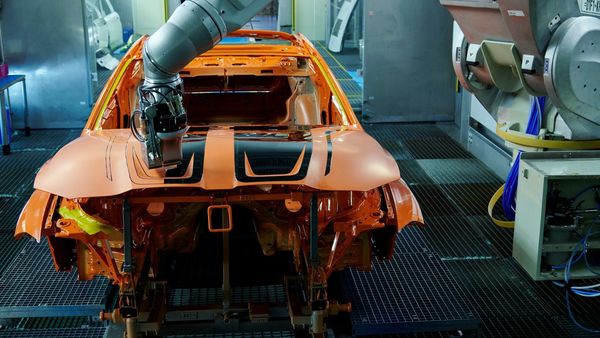

BMW Group is piloting a new overspray-free painting mechanism at itsDingolfing, Germany plant on 19 M4 Coupes. The new paint method allows several colours to be used and designs to be applied on the vehicles without having to use stencils or masking the vehicle.
The innovative paint application method does not only increase the degree of individualisation for customers, but also contributes to sustainability as it reduces waste and energy consumption. The technology is being used for the first time on the 19 M4s which will soon roll off the production line at the facility in Dingolfing. These M4s will feature custom two-tone paintwork and M4 identification on the bonnet and tailgate.
Also check these Vehicles
Also Read : BMW doesn't want to fix a date for discontinuing ICE vehicles. Not yet
The new painting method is called EcoPaintJet Pro application process and used for waterborne base coats and 2K clear coats in collaboration with mechanical and plant engineering firm Dürr. The new method allows for two different colours of paint to be used at once such as for a contrasting roof, and stripes and other designs applied. With the new method, it will now be possible to paint every exterior component – offering customers virtually limitless options for individualisation.
Also Read : BMW and Daimler are being sued over climate change. Here's why
So far, such custom designs were possible only via manual masking. With the new technology, the material and personnel costs will also be reduced, making it possible for customers to opt for more customization at lower cost.
Another important aspect of this method is that it prevents overspraying as well as contributes to sustainable production via lower energy consumption. Less energy is consumed because paint separation is no longer required, the amount of air needed is also lower. At around 7,000 operating hours, this results in energy savings of more than 6,000 megawatt hours and reduces the carbon footprint by nearly 2,000 tonnes per year.








 2998 cc
2998 cc Petrol
Petrol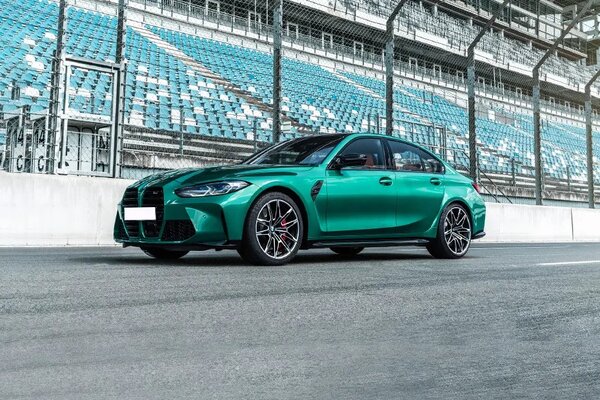
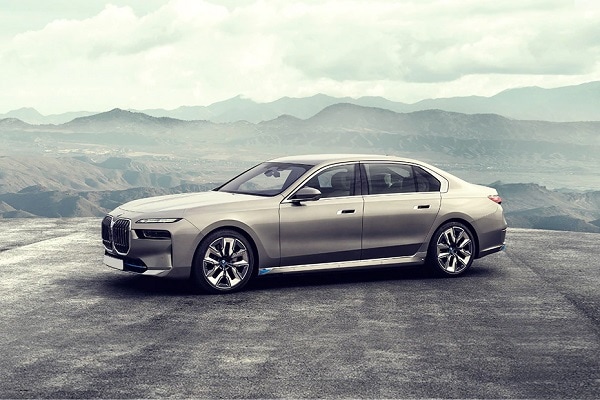
 101.7kWh
101.7kWh 625 km
625 km